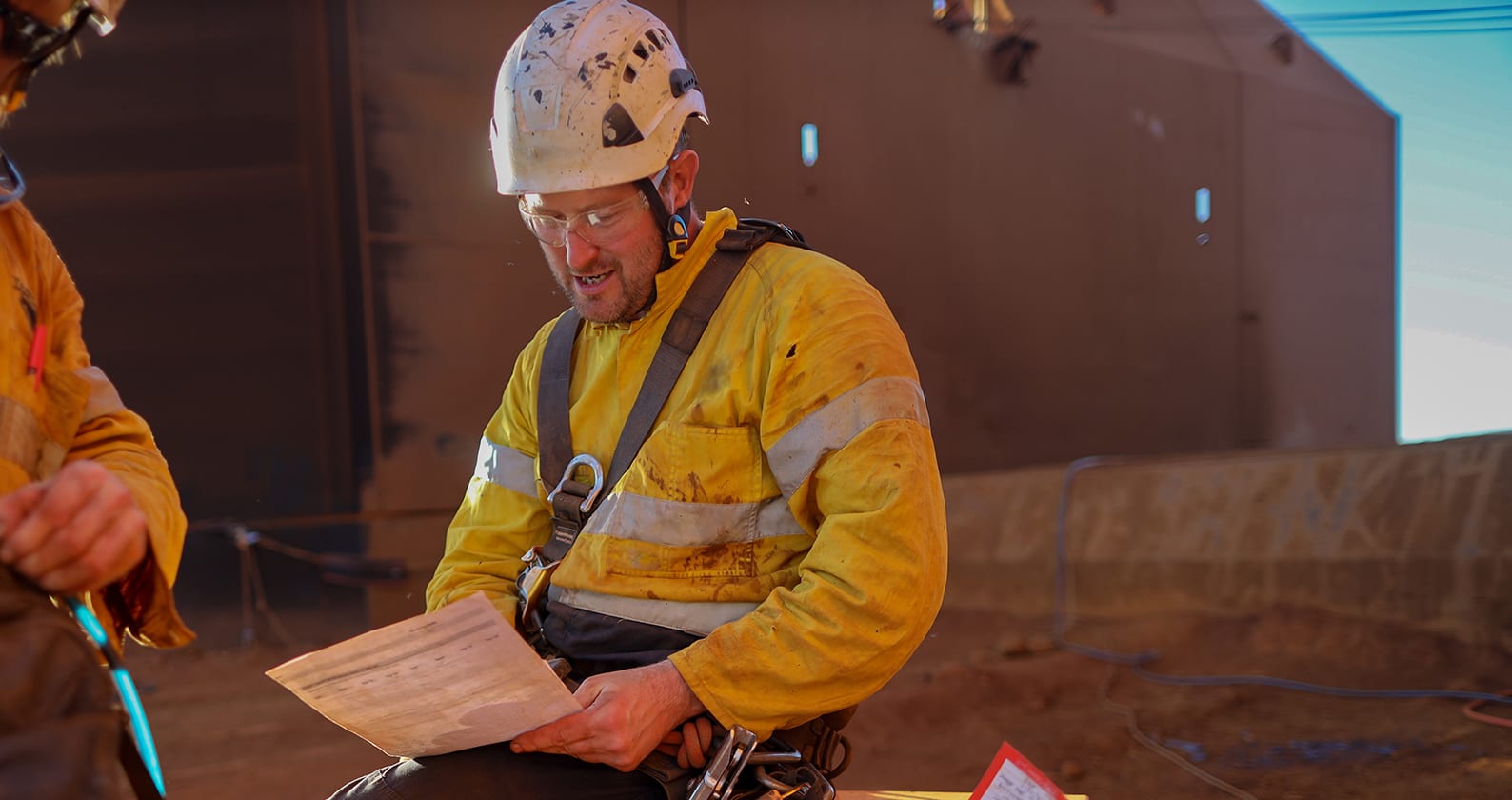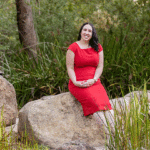Gold is a valuable but relatively unreactive metal, so separating it from ore requires some fairly unusual chemistry and a focus on complete extraction.
Three-quarters of the world’s gold is extracted by crushing the ore and dissolving the gold with a cyanide solution. The soluble gold–cyanide complex is then recovered by adsorption onto activated carbon in large carbon-in-pulp (CIP) or carbon-in-leach (CIL) tanks. The granular carbon can be easily filtered out and collected for further processing to produce metallic gold.
Unfortunately it isn’t possible to recover absolutely all of the dissolved gold, as only so much of it will absorb onto the carbon. The carbon concentration and movement therefore needs to be actively managed to extract as much gold as possible and minimise the gold in the solution that exits the tanks as waste.
Maximising gold recovery is extremely important, but managing carbon is boring, messy, and can be dangerous. Measuring the concentration of carbon in the tanks is done by using a dip handle (an oversized soup ladle) to collect a sample of slurry (the mix of ore, water, cyanide and carbon) from the tanks, filtering it through a screen to collect the carbon, and measuring its volume in a measuring cylinder. It’s low-tech. Samples are taken from wherever can be reached; usually the edge or top of the tank, and errors are introduced because the sample size is small and the manual measurements are infrequent. It’s not a fun job: the operator has to work on the top of an open cyanide tank, several stories above the ground, exposed to the weather. Sampling only happens a few times a day, and doesn’t happen at all if the operator is busy, there is lightning or extreme weather, or the cyanide levels are too high.
In practice, carbon management in gold plants is as much a black art as an enlightened science, mostly due to the lack of good data on carbon concentration and distribution. This is a problem when you consider that an increased soluble gold loss of only 0.01 mg/L, roughly one part in 100 million, will lose a large gold mine over $1 million in unrecovered gold every year. This might not sound much in terms of revenue, but it’s effectively all profit.
Curtin University’s Gold Technology Group has studied carbon management for years, and has developed software to model and optimise the carbon movement to minimise soluble gold losses. Although this software is now used by industry, its effectiveness is limited by the sparse carbon measurement data available: it’s hard to control your carbon movement if you don’t know how much of it you’ve got in your tanks. Automation of carbon measurement has been long overdue.
A team, led by Mr Bill Staunton, has now addressed this need. They designed and built an automated ‘Carbon Scout’ that pumps a large slurry sample from the tank, filters the carbon into a column, measures the height of the carbon using a laser and converts this into a volume, similar to the manual measurement. It then flushes the carbon and slurry back into the tank.
AngloGold Ashanti Australia (AGAA) has been a long-term industry sponsor of many projects undertaken by the Gold group, so in 2015 Staunton approached its team at Sunrise Dam Gold Mine to test the prototype Carbon Scout.
Mr Chris Ypelaan, plant metallurgist at Sunrise Dam, jumped at the opportunity.
“Like every other gold producer, we hadn’t put enough focus on carbon management and what that meant for our business. So taking the opportunity to trial the Carbon Scout was a no-brainer,” he says.
The ‘opportunity’ became a significant project, installing the equipment and plumbing it into all of the tanks, monitoring its operation, and collaborating with Staunton’s team to refine and improve the design.
Ypelaan’s team highlighted the health and safety benefits of reducing operator time on top of the leach tanks, and their feedback informed the design of a second prototype which was then also trialled at Sunrise Dam.
The success of the site testing led to Curtin patenting the technology and then licensing it to Gekko Systems in 2016. Gekko is currently refining the Carbon Scout to achieve the level of reliability, ruggedness and minimal maintenance needed for full commercialisation.
A more advanced prototype was installed at AGAA’s Tropicana Gold Mine in late 2016, where it’s undergoing long-term continuous testing, and being used to completely automate carbon management in the tanks.
“We heard about the project from Sunrise Dam, and wanted to be involved”, explains senior project metallurgist Sandra Joubert. “We believe there’s always room for optimisation and improvement, and it’s exciting to be test subjects for these new developments.”
The Carbon Scout is already reducing manual labour for carbon sampling, reducing operator time on top of the leach tanks, and providing more regular and consistent data for carbon management. The continuous testing will eventually determine the impact it is having on soluble gold losses and overall gold recovery.
Gekko aims to begin marketing and distributing the Carbon Scout in the next 12 months. This machine, which automates a straightforward but unlovely job, may one day be worth its weight in recovered gold.



